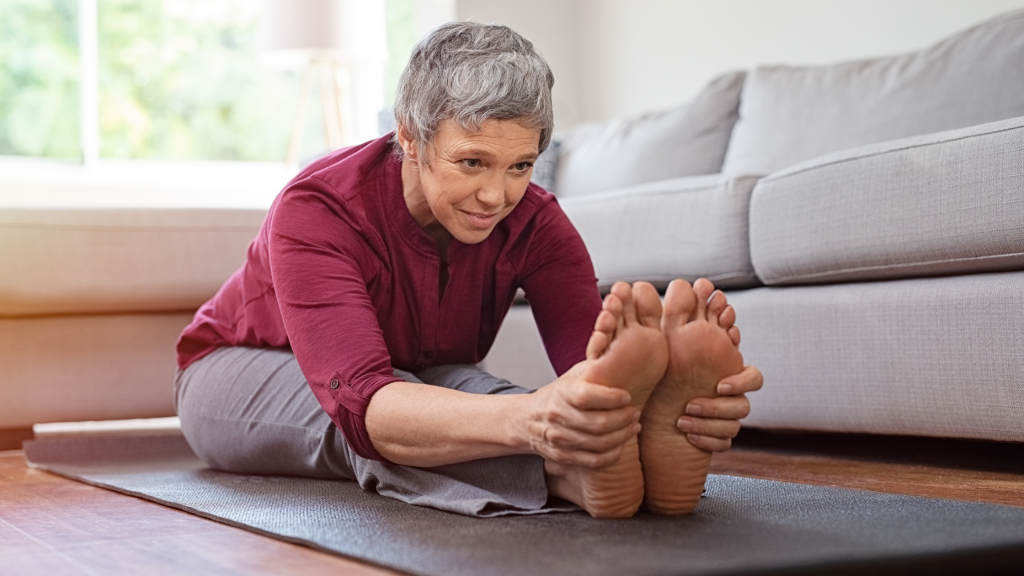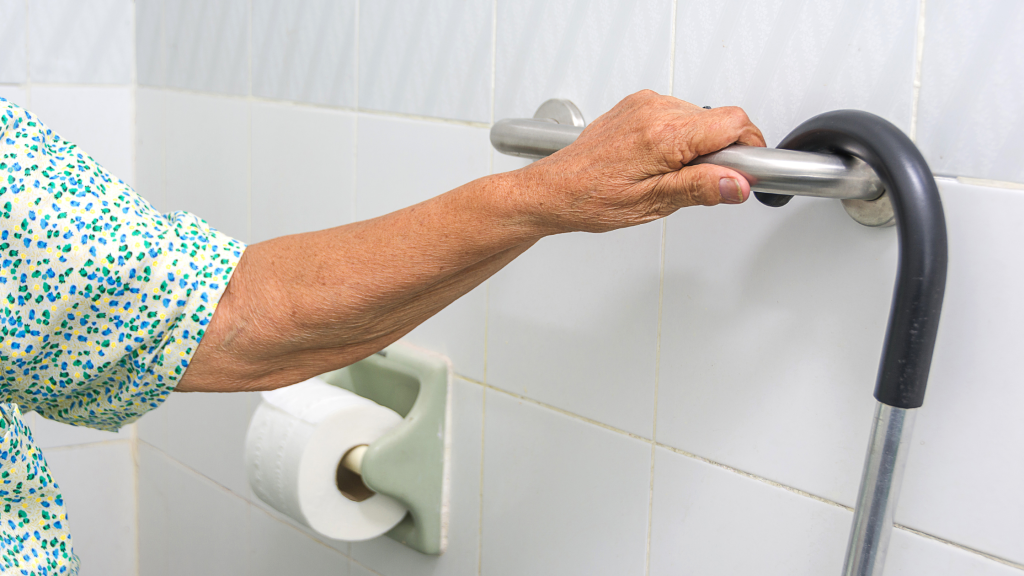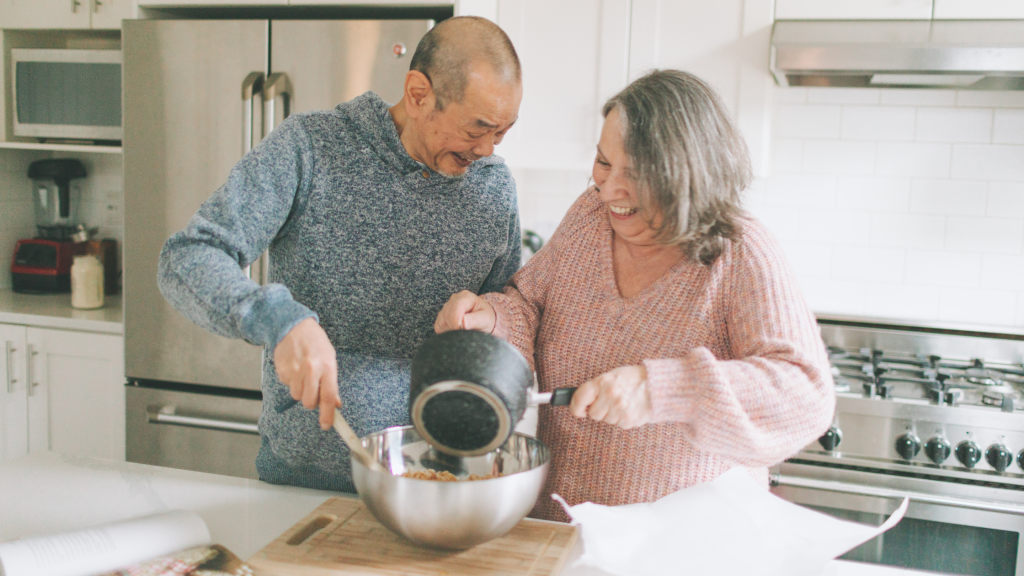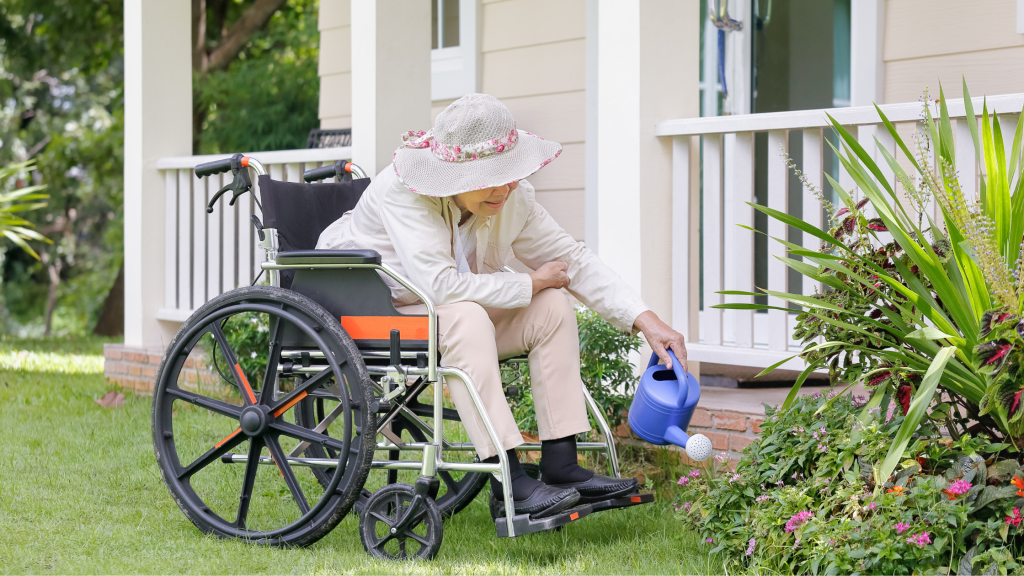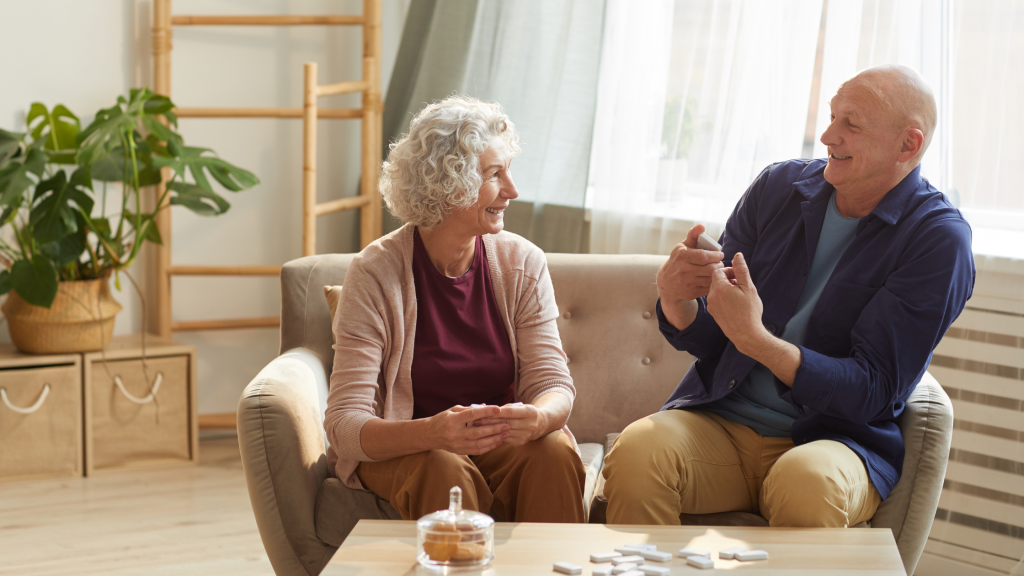Statistics paint a clear picture of the risks Australian seniors face at home. In 2021–22, over half of all falls leading to hospitalisation happened on a single-level surface, such as slipping or due to a collision, and 7% involved stairs or steps. Such falls are not just numbers; they represent real people, our parents and grandparents, facing serious, often life-altering injuries.
Recognising these risks, many seniors and their families are turning to home renovations as a proactive solution. Renovations can significantly reduce the likelihood of accidents, making homes more accessible and safer. This doesn’t necessarily mean extensive overhauls; often, it’s the small, thoughtful changes that have the most impact.
This blog is written for Australian seniors looking for reliable information on renovating their homes during retirement. At Seniors First, we understand the unique challenges and needs of our ageing population and aim to provide practical, effective solutions that align with those needs.
Flooring Solutions: Reducing Slip and Fall Risks
When it comes to making your home safer as you age, the ground beneath your feet is a great place to start. Slippery surfaces and trip hazards are among the top causes of falls at home, especially for seniors. Let’s explore some flooring solutions that can significantly reduce these risks, ensuring your home is not just comfortable, but also safe.
Non-Slip Tiles
Consider installing non-slip tiles in areas prone to wetness, like your bathroom and kitchen. These tiles are designed with improved traction to prevent slipping, a crucial feature given that over half of all falls leading to hospitalisation happen on a single-level surface like a wet floor. Plus, they come in a variety of styles, so you don’t have to compromise on aesthetics for safety.
Low-Pile Carpets
Low-pile carpets are another excellent choice. They provide a softer surface, reducing the impact in case of a fall, and are less likely to cause trips compared to high-pile carpets. This is particularly important in areas like the bedroom and living room, where you spend a lot of time moving around.
The Risk with Rugs
Loose rugs, while seemingly harmless, are notorious for causing trips and falls. If you love your rugs, consider securing them with double-sided tape or non-slip backings. Or better yet, replace them with fixed carpets or rugs that lie flat and are firmly anchored to the floor.
Bathroom Safety: Modifications for Accessibility and Comfort
The bathroom, an essential part of our daily routine, can unfortunately become a space of risk as we age. Slippery surfaces and hard fixtures increase the chance of falls, which are a major concern for seniors.
Grab Bars
Installing grab bars near the toilet, bathtub, and shower area is a smart move. These sturdy supports offer something to hold onto while moving in and out of the shower or getting up from the toilet, greatly reducing the risk of falls.
Walk-In Tubs and Shower Seats
Consider replacing traditional bathtubs with walk-in tubs or installing shower seats. Walk-in tubs eliminate the need to step over a high edge, while shower seats allow you to bathe comfortably without the risk of slipping while standing.
Non-Slip Flooring: Essential for Wet Areas
As discussed earlier, non-slip flooring is crucial, especially in a bathroom. Wet floors are a common hazard, and choosing the right flooring can prevent many potential accidents. Opt for non-slip tiles or add non-slip mats in critical areas like in front of the sink, toilet, and bathing area.
Lighting Enhancements for Better Visibility and Safety
Good lighting is not just about illuminating your home; it’s a critical element in ensuring your safety and independence as you age. As our eyesight changes, the need for well-lit spaces becomes more pronounced.
Inadequate lighting is a major contributor to falls and accidents at home. Dim or uneven lighting can make it difficult to spot potential hazards, like a step or a loose object on the floor. Bright, consistent lighting helps in clearly defining spaces and obstacles, making it easier for you to navigate safely around your home.
Brighter, Glare-Free Lights
Consider upgrading to brighter, glare-free lights, especially in areas where you spend most of your time, such as the living room, kitchen, and bedroom. Glare-free lighting reduces the strain on your eyes and prevents the disorientation that can come from harsh, uneven light. It’s about finding the balance – bright enough to see clearly, but not so harsh as to cause discomfort.
Practical Light Placements
The placement of lights is just as important as their quality. Ensure that hallways, staircases, and entrances are well-lit. These are areas where shadows and poor lighting can easily lead to missteps and falls. Installing night lights in hallways and bathrooms can also be a game-changer, especially for those midnight trips.
Simplifying the Kitchen: Safe and Accessible Design Tips
Remodelling your kitchen to make it more senior-friendly is about enhancing safety and accessibility while maintaining its warmth and functionality.
Lowering Countertops
Consider lowering the countertops or having a section of adjustable height. This modification makes food preparation easier, especially if you prefer sitting while cooking or have mobility challenges. Lowered countertops also mean everything is within easy reach, reducing the need to stretch or strain.
Pull-Out Shelves
Installing pull-out shelves and Lazy Susans in cabinets can be a game-changer. These features allow you to easily access items at the back of cabinets without the need to stretch or strain. This simple change can significantly reduce the risk of falls or injuries caused by reaching for out-of-the-way items.
Accessible Appliances
The placement and choice of appliances play a crucial role in kitchen safety. Ensure that microwaves, ovens, and other frequently used appliances are positioned at waist or chest level, to avoid the need to bend or reach up high. Consider appliances with easy-to-read dials and simple controls for added convenience.
Smart Home Technology for Increased Safety
Smart home technologies offer a range of solutions that can enhance both safety and convenience in your home.
Automatic Shut-Off Systems
One of the most useful features of smart home technology is automatic shut-off systems. These systems can be connected to appliances like stoves and irons, automatically turning them off after a set period of inactivity. This feature is particularly valuable in preventing accidents that could arise from forgotten appliances left on, reducing the risk of fires and other hazards.
Security Cameras
Security cameras can provide peace of mind by allowing you to monitor different areas of your home remotely. Whether it’s checking who is at the front door or making sure all is well in different rooms, these cameras offer an added layer of security. With easy-to-use apps on your smartphone or tablet, keeping an eye on your home has never been easier.
Voice-Activated Devices
Voice-activated devices like smart speakers can dramatically simplify tasks. These devices can be used to control lights, thermostats, and even door locks, all with simple voice commands. For seniors, this technology is not just a convenience; it’s a way to maintain independence, allowing you to control various aspects of your home effortlessly.
Outdoor Safety: Ensuring Safe Access to Your Home
Your home’s safety isn’t limited to the indoors; it extends to the outdoors as well. Outdoor areas, if not properly maintained, can pose significant risks, especially for seniors.
Ramps
If you have steps leading up to your home, consider installing ramps. Ramps provide a safer and more accessible alternative to stairs, particularly for those using mobility aids. They offer a gentle, steady incline, reducing the risk of falls associated with steps.
Lighting
Proper lighting is crucial for outdoor safety. Ensure that walkways, entrances, and driveways are well-lit to prevent trips and falls in the dark. Motion-sensor lights can be particularly useful, as they light up automatically as you approach, providing visibility when and where you need it.
Pathways
Regularly inspect and maintain outdoor pathways. Ensure that they are even, free of cracks, loose pavers, and other tripping hazards. It’s also important to keep pathways clear of debris, such as fallen leaves or branches, which can be slippery and dangerous.
Cost of Renovating Your Home for Seniors Safety
Estimating the cost of renovating a home for seniors in Australia can vary widely based on several factors including the extent of the renovations, the quality of materials and fittings used, the size of the home, and the location.
| Renovation Type | Estimated Cost (AUD) | Cost Explanation |
| Flooring | $35-100 per sqm | Cost per square metre, varies by material |
| Bathroom Modifications | $1,000-5,000+ | Includes items like grab bars, walk-in tubs; higher end for more features |
| Lighting Enhancements | $50-200 per fixture | Per lighting fixture; cost varies by type and quality |
| Kitchen Remodelling | $10,000+ | Can increase significantly based on size and materials |
| Smart Home Technology | Varies | Depends on the type and number of devices installed |
| Outdoor Safety | $1,000-5,000+ | Includes ramps, lighting; higher end for more extensive work |
Bear in mind that the figures above are general estimates and can vary depending on specific requirements, location, and other factors. Personalised quotes would provide a more accurate estimate for individual renovation projects.
How to Use a Reverse Mortgage Loan to Finance Home Renovations
When considering renovations for a safer and more comfortable home in your retirement years, financing is a key aspect. One option that might be available to you is a reverse mortgage. This financial tool can be a practical way to fund home improvements without impacting your daily budget. Let’s explore how a reverse mortgage works and whether it could be the right choice for you.
What is a Reverse Mortgage?
A Reverse Mortgage is a type of loan available to seniors, typically over the age of 60, which allows you to access the equity in your home. Unlike traditional loans, you don’t have to make regular repayments. Instead, the interest accumulates over time and the loan is usually repaid when you sell your home, move into aged care, or pass away.
Using a Reverse Mortgage for Home Renovations
The equity released through a Reverse Mortgage can be used for various purposes, including funding home renovations. This can be particularly helpful if such modifications are necessary to make your home safer and more accessible as you age. It means you can improve your living conditions without the immediate burden of out-of-pocket expenses.
Benefits of a Reverse Mortgage
- No Regular Repayments: The loan doesn’t require regular repayments, which can be beneficial if you are on a fixed income.
- Stay in Your Home: You can continue living in your home while accessing funds for its improvement.
- Improved Quality of Life: The renovations funded by the loan can significantly enhance your safety and comfort at home.
Learn more about Reverse Mortgages here.
Disclaimer: This article is for informational purposes only and does not constitute financial advice. Please consult a licensed financial advisor before you make any decision.


